Of the London shows in 2018, I’m most looking forward to Tate Modern’s retrospective of the groundbreaking performance and video artist Joan Jonas – the largest exhibition of the artist’s work to be staged in the UK (14 March–15 August). Since the 1970s, Jonas has been blurring the boundaries between disciplines to create a mythic world, often with her masked self at the centre; her complex body of work draws on sources as diverse as fairy tales, folk songs, Icelandic literature and Irish poetry. Jonas represented the US at the Venice Biennale in 2015 and the work she made, They Come to Us Without a Word, was widely regarded as a triumph. The Venice piece evolved out of Reanimation (2010), which is shown at Tate alongside her pioneering early works, among them Mirror Pieces (1968–71), Organic Honey’s Visual Telepathy (1972), and The Juniper Tree (1976/1994). Alongside the exhibition, Jonas will perform as part of the ‘BMW Tate Live Exhibition: Ten Days Six Nights’, a 10-day live performance programme.
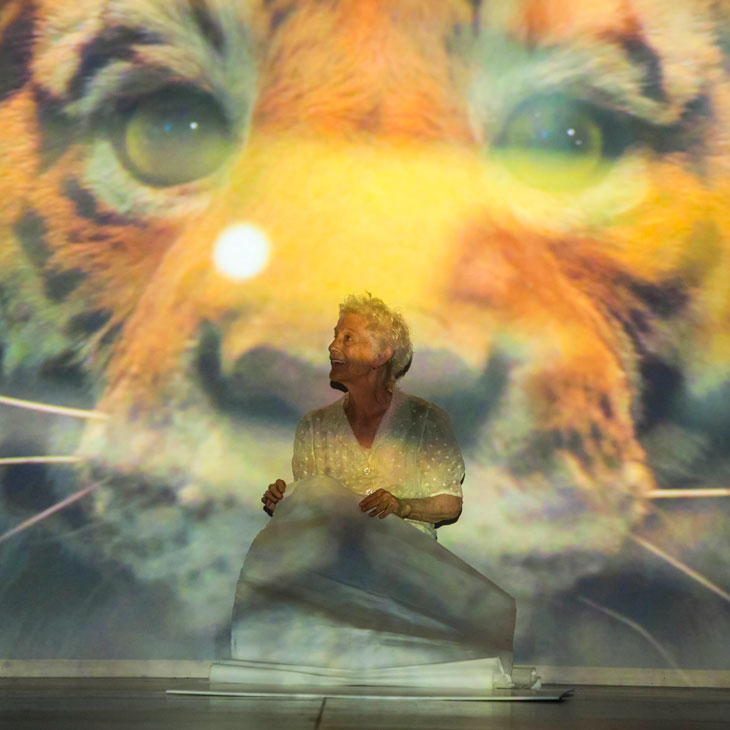
They Come to Us Without A Word II (2015), Joan Jonas. Performance at Teatro Piccolo Arsenale Venice, Italy, 2015. Photo by Moira Ricci
Another woman artist happily gaining more recognition next year is Tacita Dean, whose work is being shown across three London galleries working in collaboration: the National Gallery, National Portrait Gallery, and the Royal Academy of Arts. Each will focus on a different aspect of Dean’s practice; the NPG will show her portrait work, including her six-screen portrait of Merce Cunningham, the National Gallery will display still lifes (both 15 March–28 May), and the RA will show landscapes – among them, a new 35mm CinemaScope film called Antigone (19 May–12 August).
Elsewhere, Ragnar Kjartansson unveils a new performance piece, The Sky in a Room, at the National Museum Wales (co-commissioned by Artes Mundi), which takes as its starting point the museum’s 18th-century Sir Watkin Williams Wynn’s organ and sees a set of rotating musicians perform the 1954 song Il Cielo In Una Stanza (The Sky in a Room) (3 February–11 March). The work promises to be characteristically playful and moving. I’m also keen to see what Heather Phillipson comes up with for her exhibition at Gateshead’s BALTIC in October – I’m intrigued by the surreal, humorous, haphazard worlds she creates (19 October through spring 2019; exact closing date to be confirmed). But before that, Newcastle hosts the Great Exhibition of the North (22 June–9 September); among BALTIC’s series of exhibitions and offsite commissions from artists from or based in the North is a solo show by Turner Prize-winning artist Lubaina Himid (and also Apollo’s Artist of the Year), whose project will develop her interest in the East African Kanga (11 May–16 September).
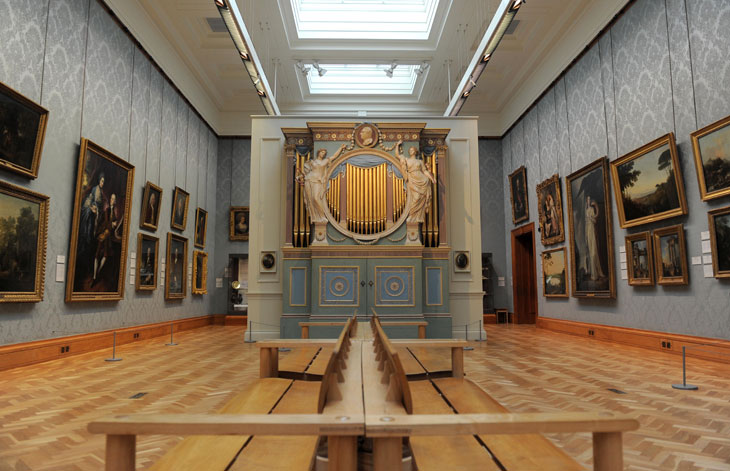
Sir Watkin Williams Wynn’s chamber organ (1774). National Museum Cardiff. © National Museum Wales
Slightly further afield, the Irish Museum of Modern Art (IMMA) dedicates an exhibition to Brian O’Doherty (26 April–16 September) – staged to commemorate the 10th anniversary of the death of Patrick Ireland, the alias O’Doherty adopted in 1972, who was symbolically buried in a performance in 2008 as a way of marking peace in Northern Ireland. It’s particularly apt given that 2018 marks 20 years since the Good Friday Agreement. This exhibition will focus on O’Doherty’s interest in drawing and the Celtic Ogham script.
I’d also like to see the tactile paintings of British artist Cecily Brown at Louisiana in Denmark (8 November–24 March 2019), and, finally, Danh Vō’s solo show at the Guggenheim in New York (9 February–9 May). ‘Take My Breath Away’ is the artist’s first major survey in the US and will include early conceptual works alongside more recent sculptural pieces that negotiate questions around history, myth and cultural value.
Imelda Barnard is commissioning editor of Apollo.
Keep up with Apollo’s 12 Days selection of art highlights here.
Unlimited access from just $16 every 3 months
Subscribe to get unlimited and exclusive access to the top art stories, interviews and exhibition reviews.

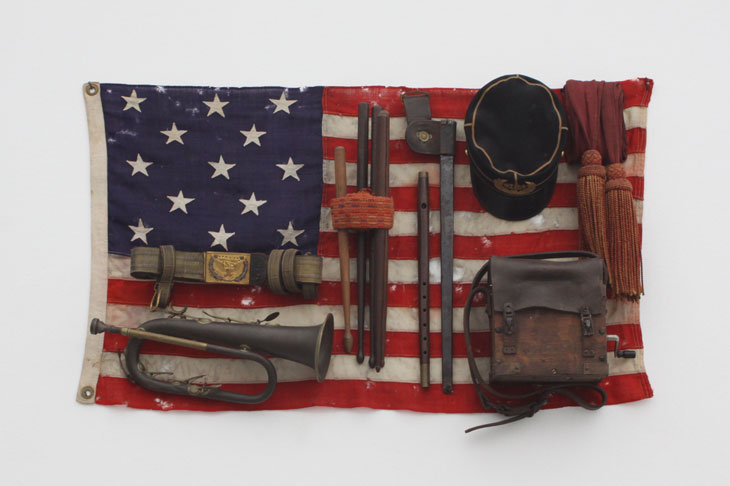
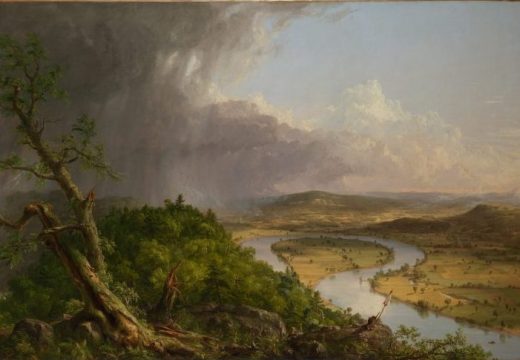

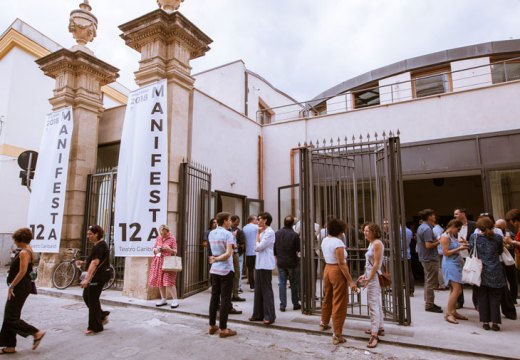









![Masterpiece [Re]discovery 2022. Photo: Ben Fisher Photography, courtesy of Masterpiece London](http://www.apollo-magazine.com/wp-content/uploads/2022/07/MPL2022_4263.jpg)
Why are fathers so absent from art history?